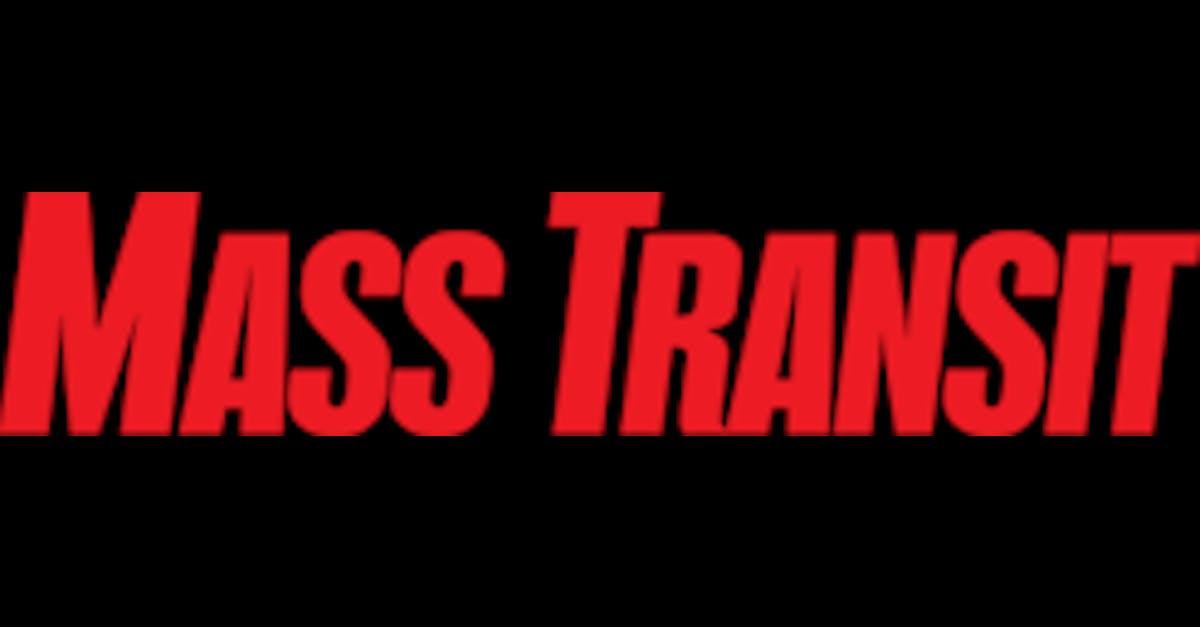BOSTON — Low-income MBTA riders will receive a taxpayer-funded discount on bus, subway and commuter rail services starting next month, but questions are being raised about how the new program will be financed.
The Fare Equity program, which begins Sept. 4, will offer eligible low-income subway riders about 50 percent off standard fares and passes for all modes of transportation — subway, bus, commuter rail, the RIDE paratransit service, and water ferries. The new program is expected to cost about $60 million a year.
Supporters of the long-debated plan, which was passed by the Democratic-dominated Legislature, say the changes will greatly improve the lives of low-income residents, the disabled and the elderly who rely on public transit. At the same time, they say, it will increase ridership and provide the T with much-needed fare revenue.
“We know that for many of our low-income riders, daily commuting costs can be a burden, but this program will provide riders with the financial relief they need and, as a result, encourage more people to use public transit,” Governor Maura Healey said in a statement.
Under the new pricing system, reduced fares will be available to riders ages 18 to 64 whose income is below 200 percent of the federal poverty level. That applies to people who earn about $30,000 or less, or about $62,000 or less in a four-person household, T officials said.
However, critics question the long-term viability of the tax-funded program, which still does not have its own funding source in the state budget.
Healey proposed $45 million for the plan as part of her preliminary budget, but legislative leaders only allocated $20 million in the final spending package.
The MBTA advisory committee also pointed out that the state lacked a long-term financing plan to pay fares for low-income earners before recommending approval of the plan.
The MBTA has approved a change proposed by state Transportation Secretary Monica Tibbits-Nutt to extend the low-income discount to rides outside the transit agency’s core service area. Transit agency officials said the change will increase the cost of the low-income fare program by nearly $4 million.
“These costs will inevitably skyrocket, and taxpayers will forever be required to pay for this irresponsible decision,” said Paul Craney, a spokesman for the conservative Massachusetts Fiscal Alliance. “Politicians who announce ‘reduced’ or ‘free’ services are simply implying that other people will pay for them, and that is irresponsible.”
Meanwhile, lawmakers approved $30 million in the 2025 budget for the state’s 15 regional transit authorities, including the Merrimack Valley Regional Transit Authority, to provide free bus service.
More than 60,000 bus, subway and S-Bahn users are expected to sign up for the new discount program, which T officials say will result in an estimated seven million additional trips per year.
According to the Public Transit Public Good Coalition, an advocacy group, the measure would mean savings of up to $720 a year for bus and subway users and $1,908 for rail commuters who qualify for the discount.
T officials say they will verify eligibility based on the insured’s enrollment in another income-based program, including the Supplemental Nutrition Assistance Program (formerly known as food stamps) and MassHealth plans.
Those who qualify will receive a discounted-fare CharlieCard loaded with credit so riders can pay half-fare at ticket booths or ticket gates. They can buy half-price tickets and passes, T officials said. The Healey administration said it has expanded the number of places where riders can get the discounted T passes.
Healey is among those who have pushed for reduced MBTA fares for low-income riders, arguing that the measure would save transit workers money and increase ridership as the public transit agency struggles with massive deficits due to a large debt pile stemming in part from the Big Dig project.
T officials estimate the agency’s operating deficit will be $182 million next fiscal year, and it is expected to rise to $859 million by 2029.
Another problem is ridership, which is still below pre-pandemic levels. Before the COVID-19 pandemic, fare revenue covered 41% of the system’s annual operating costs, but that share has now fallen to 19%, according to official figures.
Meanwhile, the MBTA said it would need about $24.5 billion to bring the system into “good operating condition” by replacing tracks, equipment, power systems, trains and other infrastructure.
©2024 Gloucester Daily Times. Visit www.gloucestertimes.com. Distributed by Tribune Content Agency, LLC.

